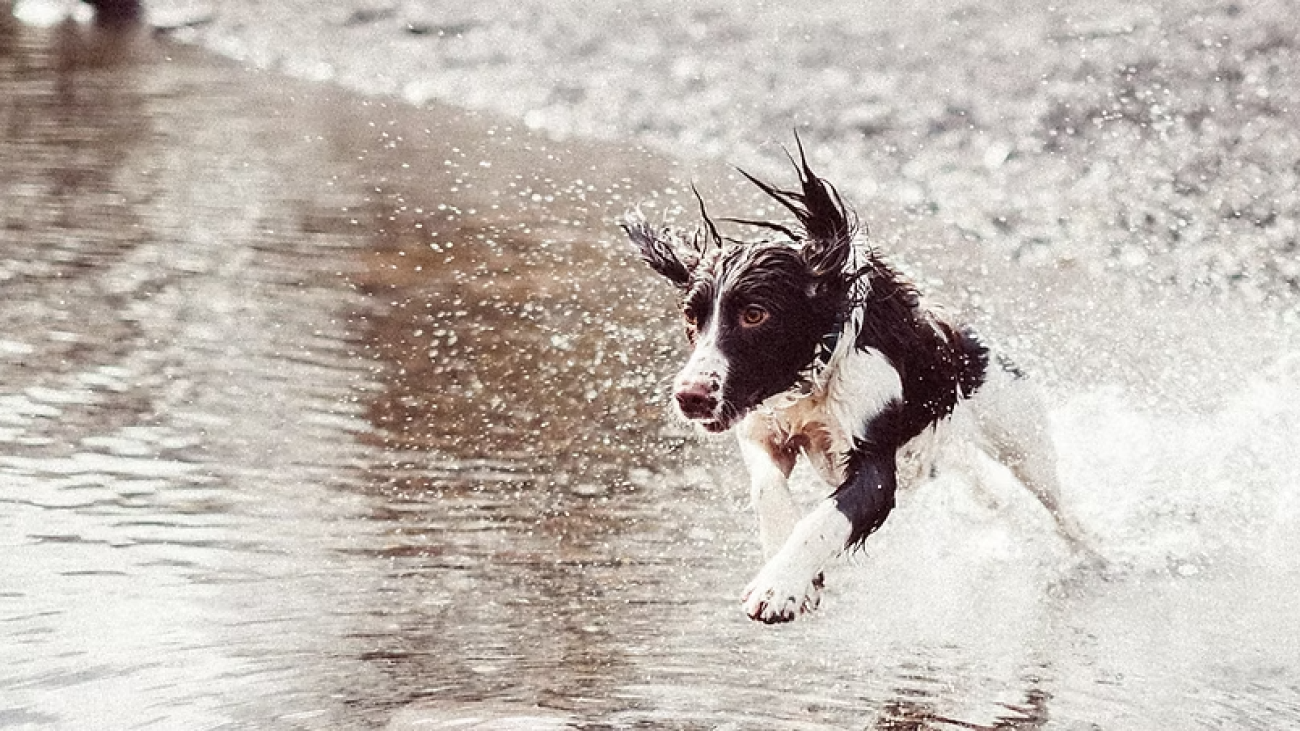Border Collies with no sheep. Pointers with no birds. Huskies without a sled to pull.
So many of today’s dogs were bred for work — and yet most live in homes where those instincts have nowhere to go. And that mismatch? It’s showing up everywhere.
Bred for Purpose, Now Stuck in a Lifestyle That Doesn’t Fit
Working dogs weren’t bred to be lap companions. They were designed for specific jobs: herding livestock, guarding property, pulling sleds, flushing game, retrieving birds, tracking scents.
That genetic wiring doesn’t go away just because we don’t have fields to herd or prey to chase. It stays — and it needs somewhere to go.
But modern life doesn’t offer much room for instinctual behavior. A daily walk around the block or a game of fetch in the backyard isn’t the same as doing what they were born to do.
When Instincts Have Nowhere to Go, Behavior Problems Follow
When a dog’s drive is unfulfilled, it doesn’t disappear — it just redirects. And often, it turns into frustration, anxiety, or hyperactivity.
Herding breeds may try to control children, bicycles, or other dogs.
Hunting breeds may become obsessed with chasing shadows, birds, or small animals.
Guardian breeds may become wary of guests coming to your door, struggling to turn off their natural protection instincts.
“A Tired Dog is a Good Dog” — But That’s Only Half the Story
Yes, exercise matters — but physical activity alone isn’t enough. A long run or a ball-chasing session might burn energy, but it doesn’t satisfy a working dog’s need for mental engagement and purposeful tasks.
In fact, some dogs become even more restless when we try to out-exercise their brains. They don’t need more exhaustion — they need fulfillment.
And trying to constantly “wear them out” leads many owners into a cycle of burnout. You end up with a fitter, faster, more frustrated dog — not a calmer one.
These Dogs Aren’t Too Much — They’re Understimulated
This is the part most dog owners need to hear: you’re not doing it wrong. Your dog isn’t broken. They’re just living in a world that doesn’t align with what they were built for.
That doesn’t mean you have to move to a farm or start hunting. But it does mean finding ways to meet your dog where they are — not where we wish they’d be.
Give the Instinct a Job, Not Just a Walk
Start thinking less about wearing your dog out — and more about giving them something to do.
Let scent hounds sniff. Set up find-it games or beginner tracking exercises.
Give herding breeds problem-solving tasks, structured movement games, or herding balls.
Teach retrieval-based dogs to carry or deliver items around the house.
Explore nose work, trick training, puzzle feeders, or structured play — anything that engages their brain, not just their body.
Before You Bring Home a Working Breed… Think Ahead
This is the conversation we need to normalize. Before choosing a dog based on looks or popularity, ask:
What was this breed originally bred to do?
Can I offer an outlet for those instincts?
Will this dog’s drive level fit with my lifestyle — not just now, but long term?
Final Thoughts: These Dogs Don’t Need Perfection — They Need Purpose
Not every dog is cut out for a calm, sedentary life — and that’s okay. What they need isn’t more rules or harsher training. They need understanding. They need outlets, not obedience drills. Jobs, not just toys.
You don’t have to fix their instincts. You just have to listen to them — and help those instincts find a place to land.
Because when a working dog gets to work, even in small, creative ways, everything changes — for them, and for you.


